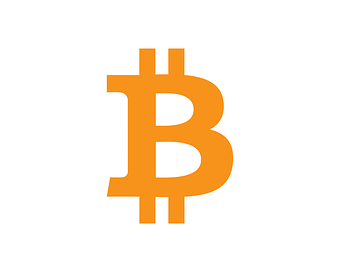The crypto market used to really be the “wild, wild, west”, but as major companies like Coinbase, FTX, Binance, and Gemini establish dominance, we hear more of a push for regulation. President Biden and members of the US government have made plenty of comments about crypto, but the question remains, what does regulation look like? Does regulation only relate to stable coins? In a fast-paced, ever-changing market, things are so new that even crypto taxation is still highly debated.
Today, Biden has released an executive order regarding the crypto market. According to the statement, ONLY 16% of “adult Americans” have used crypto. That is actually a positive thing for those of us who have established long-term positions, but that tells us that we are still early adopters.
“The United States must maintain technological leadership in this rapidly growing space, supporting innovation while mitigating the risks for consumers, businesses, the broader financial system, and the climate.”
Biden is taking the stance that, to maintain world leadership, the US must be the leader in emerging technology. That sentiment is bullish, because adoption is a great thing. Only 16% of people use/have used crypto and according to the Executive Order over 100 countries are exploring digital assets. It would seem as though the government that gets ahead of mass adoption, by providing infrastructure, accommodating regulation, and innovation would be the leader. Think of it this way, “If you build it, they will come”, and if they come, they can be taxed to generate more government revenue.
Here is an overview of the Executive Order:
The Department of Treasury is directed to figure out if crypto poses any risks to our financial system, if so, how can we regulate it, to lessen or control those risks.
Limit illegal use of digital assets as both, a domestic threat as well as an international threat.
Directing the Department of Commerce to explore digital assets and partner with other agencies for R&D and policymaking.
Department of Treasury looking into the safety of digital assets as well as other financial services from the standpoint of inclusion and access.
Studying the effects of digital assets on climate change.
US Central Bank Digital Currency: The Fed is continuing its own research on infrastructure to support a potential US digital dollar.
Essentially, nothing new or negative has come from this, which is most likely why BTC is up 8.5% to 42.2k at the time of writing this. Crypto-related stocks are also up this morning, HUT, MARA, COIN, RIOT, BTBT, SQ, MQ, and TLSA. Keep this list of stocks on your watchlist if you are bullish on BTC and digital assets.
Since the story hasn’t changed, it seems the crypto market has made it relatively unscathed through another round of government talks. As much regulation is needed, there’s always the possibility of the government overstepping. The idea that the US should be a leader in digital assets is a positive statement. Rather than trying to stop the existence of cryptos, a careful hand of guidance and development would support a growing ecosystem of digital assets.
Cathie Wood is somewhere happy that the US government is talking about innovation.
We know regulation is coming, but again, it is a matter of when, and how far-reaching will it be? For now, the US gov. is just researching, asking questions, and seemingly accepting innovation. We will see what really comes from this in the coming months when these agencies release their findings.



